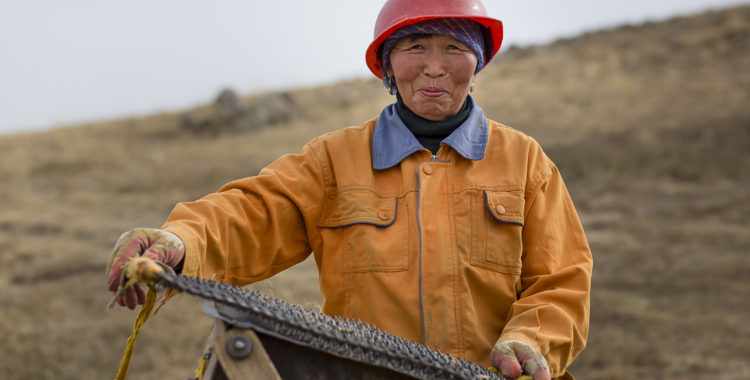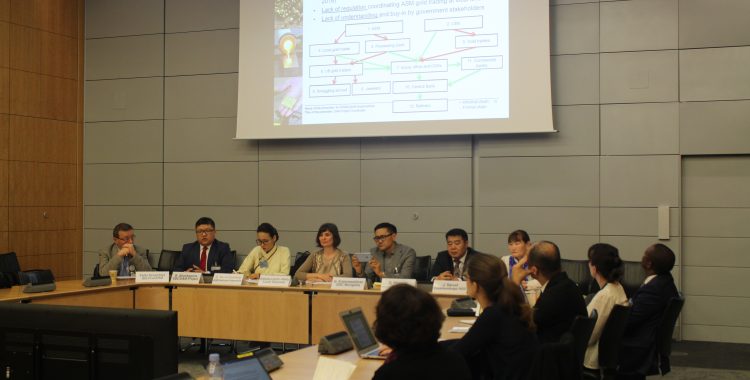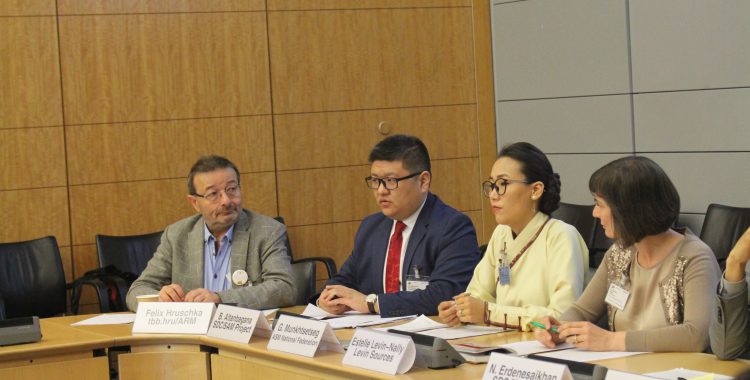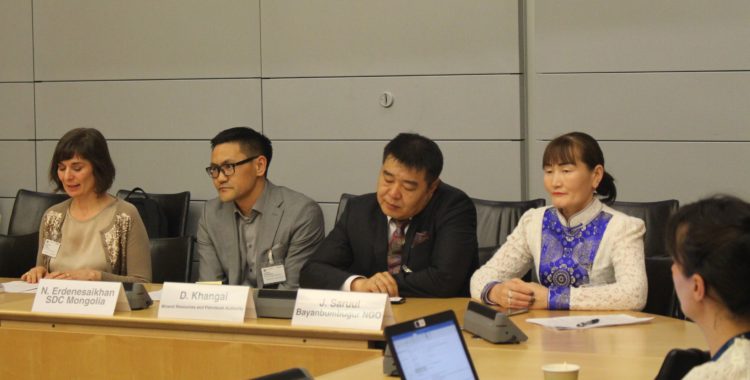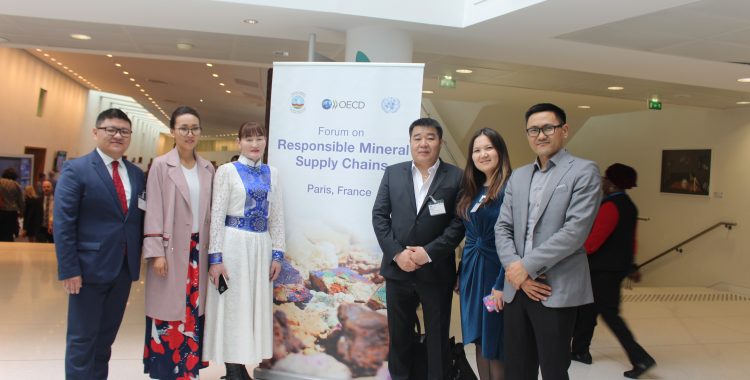An estimated 40 million people are engaged in artisanal and small-scale mining (ASM) around the world. We know that poverty is the most significant driver for this industry, and the dream of discovering a valuable deposit is hard to resist. In all countries, ASM remains predominantly informal; miners occupy the margins, and are a stigmatised sub-section of society living an economically and socially precarious existence. Governments and downstream companies are increasingly recognising that ASM, as the livelihood of many, could and should be considered a significant contributor to global development and granted a legitimate role in global supply chains. Formalising, legalising, and regulating the sector has the potential to further many of the UN Sustainable Development Goals, from advancing gender equality to increasing the contribution of ASM to the local and national economy.
Few countries have made such significant strides in this direction as Mongolia. Located in central Asia, Mongolia is the least densely populated country in the world and is rich in minerals. In 15 years, ASM, with the support of the Swiss Agency for Cooperation and Development, has been transformed from a chaotic, illegal, and stigmatised sector to a formalising, regulated, and respected livelihood, pioneering environmental management and hosting two Fairmined gold supply chains.
On the 25th April 2019, Levin Sources’ CEO, Estelle Levin-Nally, chaired a panel of primarily Mongolian stakeholders at the OECD Forum on Responsible Mineral Supply chains, organised to share the success of the Sustainable Artisanal Mining project in Mongolia. The panel featured representatives from the SDC and the government agency for ASM, alongside the executive director of the National Federation for ASM, an artisanal miner, and Dr Felix Hruschka.
Panel participants from left to right: Mr Felix Hruschka, Mr Altanbagana Bayarsaikhan, Ms Munkhtsetseg Gan-Ochir, Mrs Estelle Levin-Nally, Mr Erdenesaikhan Nyamjav, Mr Khangai Davgadorj and Ms Saruul Jargal.
These are the not-so-secret ingredients for the sector’s transformation which may serve as a toolkit for managing ASM in other contexts:
- Good Governance, Legalisation, and Political Will
- Foster political will to engage with ASM by promoting and sharing knowledge and engaging government stakeholders from the start.
- Legalise ASM gradually – recognise that it takes time to pass and implement new legislation.
- Encourage cross-ministry cooperation on ASM and establish a dedicated department for the sector.
- Cascade responsibilities down all levels of government into job descriptions. This is especially important in active democracies where politicians and functions may change frequently.
- Human Rights Based Approach (HRBA) and Investment in People
- Inform artisanal miners of their human rights, of others’ responsibility not to infringe them and the government’s duty to protect them.
- Educate government agents on their duty to protect and what this means in practice.
- Support the government to fulfil its obligation to protect miners’ rights in conjunction with regularisation of the sector.
- Empower and enable communities to establish ASM enterprises which are then organised under a national federation or union.
- Invest in artisanal miners by encouraging them to voice their concerns and aspirations within local and national government forums.
- Read the story of artisanal miner, Ms. Saruul Jargal, to explore how a HRBA can promote women’s empowerment
- Read Levin Sources’ prior blog on the Human Rights Based Approach.
- Knowledge Sharing
- Tackle the stigmatisation, fear, and misperceptions of ASM through local and national outreach and advocacy campaigns.
- Support international sharing of best practices.
- Explore the ASM knowledge hub
- Private Sector Engagement and Fiscal System Planning
- Engage in supply chain and economic resilience aspects as early as possible.
- Incentivise artisanal miners to sell minerals through formal channels by establishing local buying centres and encouraging commercial banks to provide financial services to miners.
- Help solve the miners’ commercial problems and look for commercial solutions to environmental problems (e.g. centralise processing into a one-stop shop).
- Incorporate ASM into government financial planning and the development of local and national economies.
- Engage the Central Bank as an ally to ASM, recognising the currency-stabilising potential of buying gold from national miners.
- Curate supply chains destined for responsible international markets.
- Donor Commitment and Local Ownership
- Donor programmes work well when commitment is sustained. Short-term interventions are less likely to enable deep stakeholder engagement and significant changes to attitudes, processes, and institutions. Long-term interventions allow time for experimentation and opportunities to learn from failures.
- Centre recipient countries – their government, institutions, and people – at every stage of the donor-funded project. Securing local ownership of the project is vital for sustainability.
Mongolia has made great strides in formalising ASM, and stakeholders are committed to addressing the hurdles yet to be overcome. Such widespread success in changing both hearts and minds, and institutions and processes, is rare in the world of ASM.
At the end of the side-event, the small room in the 16th area of Paris was filled with commendation and inspiration. Only time will tell if those thoughts and sentiments will infuse future projects and interventions in the global ASM sector.
Resources
- Event agenda here.
- SDC’s presentation Claiming rights and changing minds: Pathways to success in ASM formalisation and responsible sourcing in Mongolia here.
- Information about the Sustainable Artisanal Mining Project.
- Benefit from the wealth of publications that have arisen from the programme.
- Levin Sources’ prior blog on the Human Rights Based Approach.
Learn more about the Frugal Rehabilitation Methodology via Levin Sources’ blog and SAM ASM Hub.


